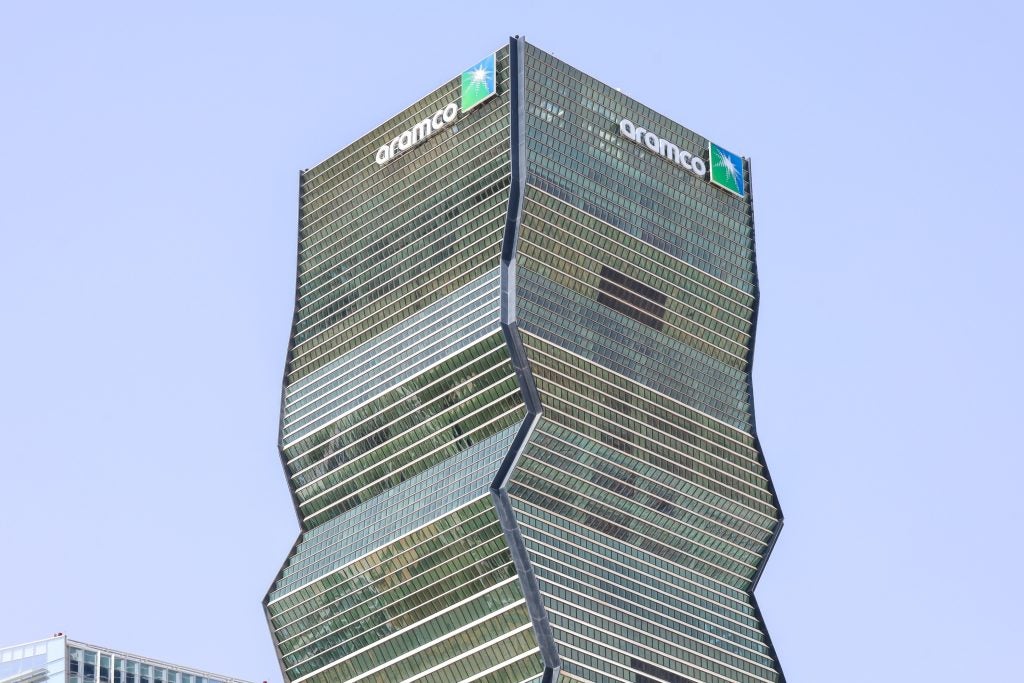
Smart cities leverage technology built into the city’s infrastructure to manage resources more efficiently. This can include anything from smart waste management to energy supply to transport. But one thing they all have in common is their dependence on a stream of citizen-generated data, gathered from internet of things (IoT) devices, to inform smarter decisions.
Smart city technologies have been implemented around the world, such as Barcelona, Dubai and Milton Keynes. These projects usually involve working with another organisation to assist in their planning and implementation. One of the leading players in this area is Hitachi Vantara, which works with local governments and municipalities around the world to bring their smart city projects to fruition.
During the recent Hitachi Next conference in Las Vegas, Verdict caught up with Justin Bean, global director of smart spaces and video intelligence marketing at Hitachi Vantara, to find out more about the firm’s approach to implementing smart city solutions.
Rob Scammell: Can you give an example of a smart city solution that stands out for you right now?
Justin Bean: The one that I’d say I’m most excited about is our smart state project in Andhra Pradesh, India, a state of around 50 million people. They really want to meet their UN sustainable development goals, improve the happiness index of their people and improve the efficiency of the government. Standard smart city goals, but it’s across an entire state, which encompasses multiple cities.
What we did was help them build a real-time governance centre or solution that integrated data from 30 different government departments, providing over 745 different public services. This ranges from agricultural management to infrastructure management, public services, ration distribution, public safety and emergency response. It’s all over the board and it’s really, really cool. So some of the outcomes that they have for from that solution, one is being able to use analytics to predict weather events or storms 30 minutes ahead of time and then send push notifications to their citizenry, so they can get somewhere safe.
They’ve also improved their farmer economics. So by having sensors in some of their key agricultural areas, and pulling in data from those areas, they can help their farmers better understand what they should grow, so that they don’t have a glut of one crop and a shortage of another. And so they can get a better price on the market for that and they’ve got a better variety of food and more sustainable agriculture.
How well do you really know your competitors?
Access the most comprehensive Company Profiles on the market, powered by GlobalData. Save hours of research. Gain competitive edge.

Thank you!
Your download email will arrive shortly
Not ready to buy yet? Download a free sample
We are confident about the unique quality of our Company Profiles. However, we want you to make the most beneficial decision for your business, so we offer a free sample that you can download by submitting the below form
By GlobalDataRS: How do we ensure smart cities work for everyone and that some groups, such as the elderly or disabled, aren’t left behind?
JB: I think it’s very much about transparency and designing it from the beginning to make sure that people are being impacted the right way, and that you still have an alternative. Parking metres, for example, should still have a quarter slot, so that if I don’t have a credit card I can still use good old fashioned coins. But I think it begs a broader question, about where is this technologically advanced society going? We’re seeing record levels of disparities and wealth. And those who are getting pulled into the top side of that are mostly around tech, and those who are being left behind are mostly not utilising tech or being disrupted by technology.
And so I think it goes outside of smart cities into these broader social questions of how are we going to take care of each other. Do we need a basic income at some point, when all of the truck drivers are disrupted by autonomous vehicles? I think many new opportunities are going to rise for those people. But it also has to do with training and making sure that they’re aware of the opportunities that are out there for them.
RS: There’s an argument that that’s adding too much tech to cities that have a lot culture and history to them can ruin their charm. How should smart city technology be used in these cases?
JB: Well, the only cities that are untouched by tech are agricultural cities, so it’s kind of a progression. But I think you’re right, I think what happens and why these things become failures is because it’s focused on the technology, not on addressing the problems. In the smart city area, and tech world in general, it’s about shiny objects. That gets people get excited, and they deploy the technology without fully understanding what they’re doing in the world. We want to solve problems for the people who live here and for the visitors, enabling some improvement in their lives or in their experience, or their safety – whatever it is.
We have value engineering workshops that we do with customers where we start by asking ‘what are the challenges you’re facing? Where would you like to be? What’s the ideal?’ And then plot that out in terms of what are the biggest pains and what is going to give you the biggest return on investment to solve. And let’s start with that, and then architect a solution or pull in a solution we’ve done before that’ll solve that. So we’re doing a proof of value, not a proof of concept. That also creates a more sustainable business model for us, because it actually goes somewhere. You start with the impact and then go back to technology.
RS: There are more and more internet-connected devices every year, which in turn increases cyber risk. What more can be done to mitigate this growing problem?
JB: It’s a very hot topic and top of mind in a lot of the IoT conversations. I think what we’re not talking about enough is resiliency. So being able to get these systems back up and running more quickly, if and when there is an attack or breakdown. Take the electrical grid. In the northeast, we had a storm and a tree fell on a wire and knocked out the whole northeast, northeastern seaboard in America. Having more distributed networks that are more resilient and can get up and running more quickly is, I think, a key approach that’s actually going to solve a lot of those problems.
And when it comes down to the economics perspective, you can increase the amount of security substantially at an exponential cost. With resiliency, you can mitigate a lot of the challenges that a security breach would impact, versus trying to harden it completely and make it so it will never ever be attacked, which you just can’t.
RS: What are the biggest challenges when creating a smart city?
JB: I think the easy one’s paying for it. Trying to figure out who’s gonna pay for what. The approach of starting with safety and transportation is a good one doesn’t always work. And working together, breaking down silos. So I think more states and more cities could work like Andhra Pradesh, but they’re still too siloed to do those things.
And often when I talk to American states about it, they’re like, ‘that’s amazing. We really want to get there, but we’re never going to be because there’s too many regulatory issues or just policy issues’. Or it’s just old fashioned human competition, that they don’t want to share with each other, and they don’t want to break this down. But I think it’s going to be a competitive advantage moving forward. And that’s going to start incentivising more and more of that change.
RS: What are some of the exciting-but-not-quite-there-yet smart city solutions we could expect to see more of in the future?
JB: I think data marketplaces will be really interesting. Several cities are starting to talk about it, the conversation is maturing a little bit. But there’s all this data that’s sitting in silos. And you know, the next Uber, the next startup, is waiting to be created but it doesn’t have the right data or access to it. And you’ve got these telcos auto manufacturers, etc., that also have a tonne of data that can be used by banks or retailers, local merchants, and so on. So being able to facilitate the buying and selling of that data between each other. Can one generate revenue for the people who have that data, obviously has to be, you know, anonymised, and aggregated.
But being able to sell that high quality, high-value data to others can be really, really helpful. And I think you’ll see an exponential return on data, as you’re able to gain more of those sets and combined with the sets, but right now, what happens is you get this room full of lawyers in this room full of lawyers, yeah, figure out how it might work and then do an exchange. But many of many of the cities are starting to talk about how can they help their merchants and local businesses and government exchange data between each other and create a more vibrant data ecosystem.
This interview has been edited and condensed for clarity.
Read more: Challenges in the way of building smart cities







